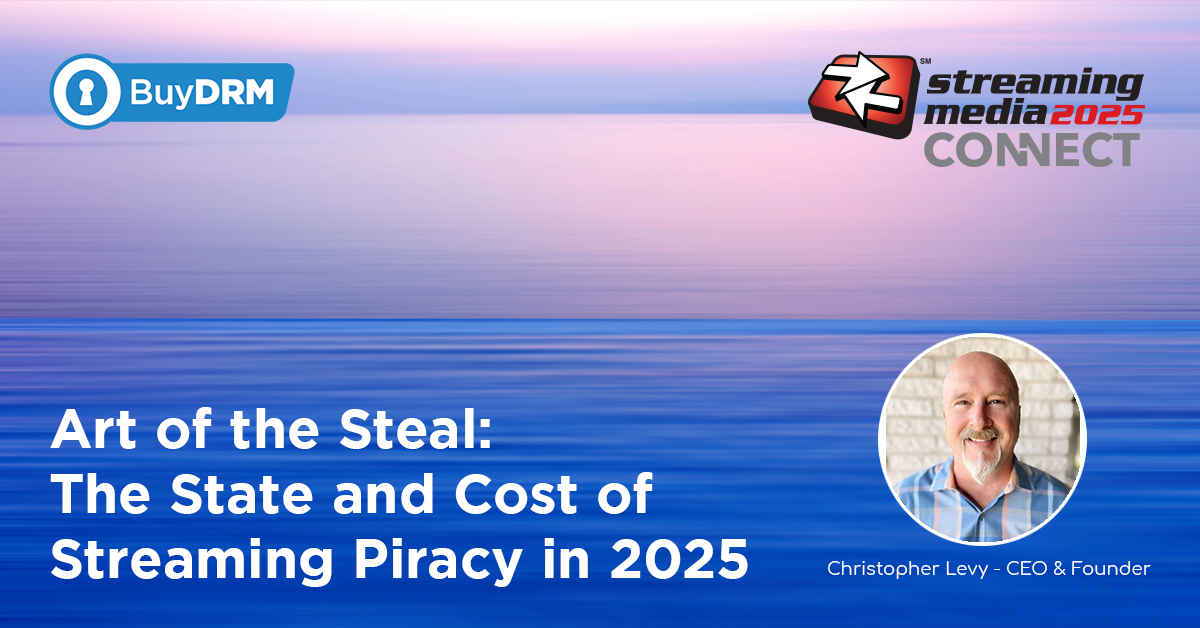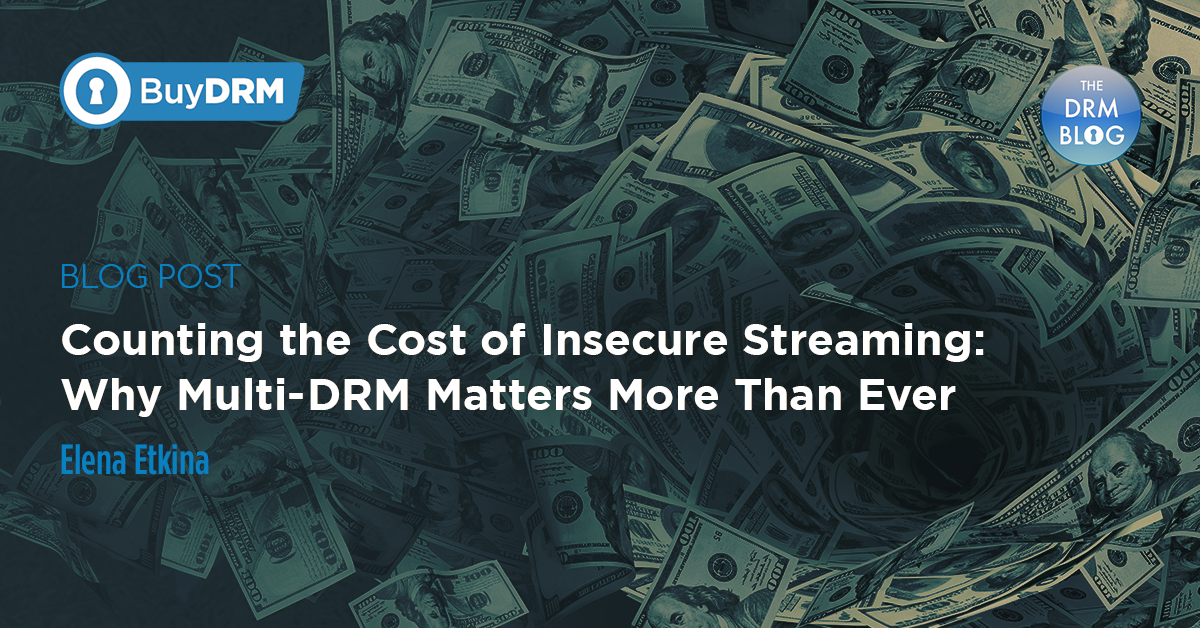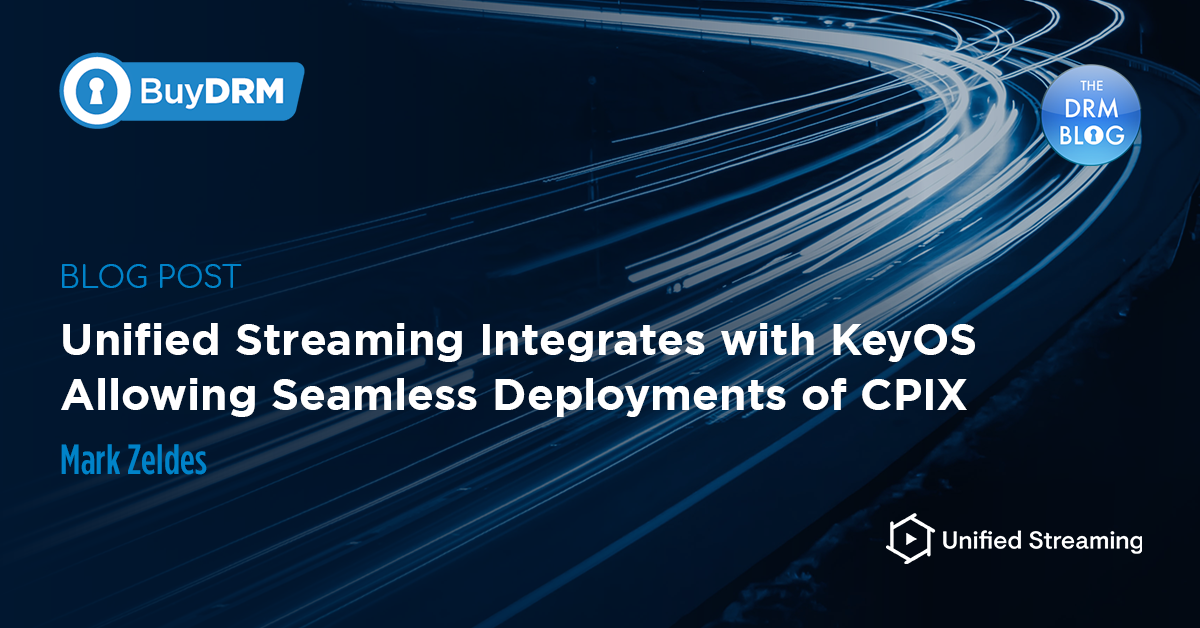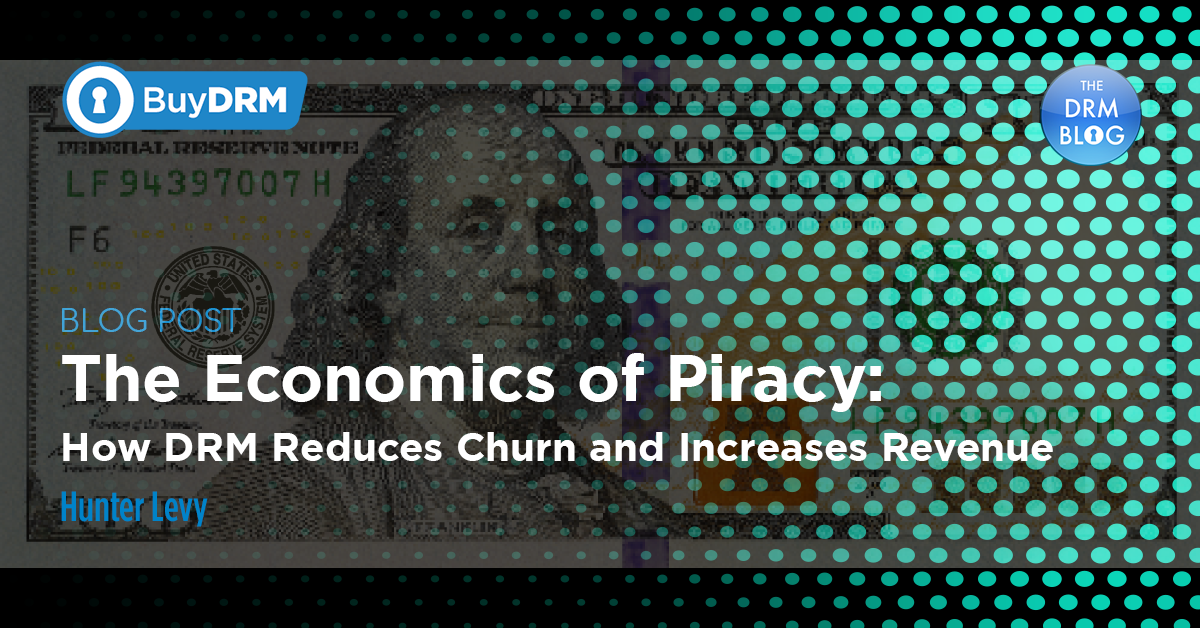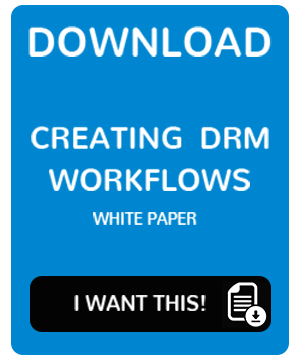It has been estimated that account sharing, and other piracy, cost the streaming industry over $9 billion in lost revenue in 2019, a number that is expected to grow to $12.5 billion by 2024. Some analysts go even further, with one saying that just password sharing alone costs our industry over $25 billion, with Netflix accounting for over $6 billion of that on its own.
With their recent crackdown on password sharing, Netflix has been making waves across the industry. They reported a loss of subscribers for the first time ever in the 2nd quarter of 2022, but after implementing measures like concurrency limiting – their numbers are recovering with subscribers at their highest levels since the beginning of Covid.
Limiting Concurrent Users With DRM
As is normally the case, Microsoft, Apple, and Google have all implemented these technologies in a slightly different manner, but the overall functionality is similar. To limit concurrent users with DRM, several things need to happen:
- A generic hash must be transmitted to the DRM provider that identifies a user’s device.
- A “heartbeat” must be established using a DRM license renewal over a pre-specified period, usually every 10-30 seconds.
- When that renewal request is missed, but a new DRM license is requested from the same geolocation and IP address for the same content ID but a different device identifier, one can safely assume that the user has switched to a different device to access the same piece of content.
- But if the original renewal request had not missed, and that “heartbeat” is still active, then it can safely be assumed that there are concurrent users accessing the same piece of content from different devices.
- Based on the predetermined number of concurrent users or devices that the streaming provider has already established, you can then decide whether to continue to issue licenses to the original device(s) or to terminate their license renewals and access to that content on that device.
Utilizing concurrency limiting with DRM, not only helps you prevent lost revenue through password sharing, but it also allows for you to enforce EULA’s that only permits a certain number of devices per household.
Important Considerations Before Using DRM for Concurrency Limiting
Because most DRM providers charge based on the volume of licenses that are consumed, and since the very basis of the feature requires a DRM license to be renewed every 10-30 seconds, your typical volume of DRM licenses consumed will likely be multiples of what you had been used to in the past. The good news here is that DRM licenses are relatively inexpensive when compared to other aspects of your workflow, and the fact that they become exponentially cheaper based on volume.
The next thing to consider is the delicate balance between rights and privacy. This is something that BuyDRM has gone to great lengths to ensure – we require our customers implement a proxy for license acquisition to be sure that no user data is passed to us to generate a DRM license. However, to limit concurrency, we will have to store abstract user data to check it against our database before issuing or denying the license.
While we have done our due diligence to be sure that this data is as abstract and generic as possible, your legal department might disagree.
One thing is certain – using concurrency limiting as part of your holistic content security strategy will help you capture revenue that you might not have even known you were losing.







